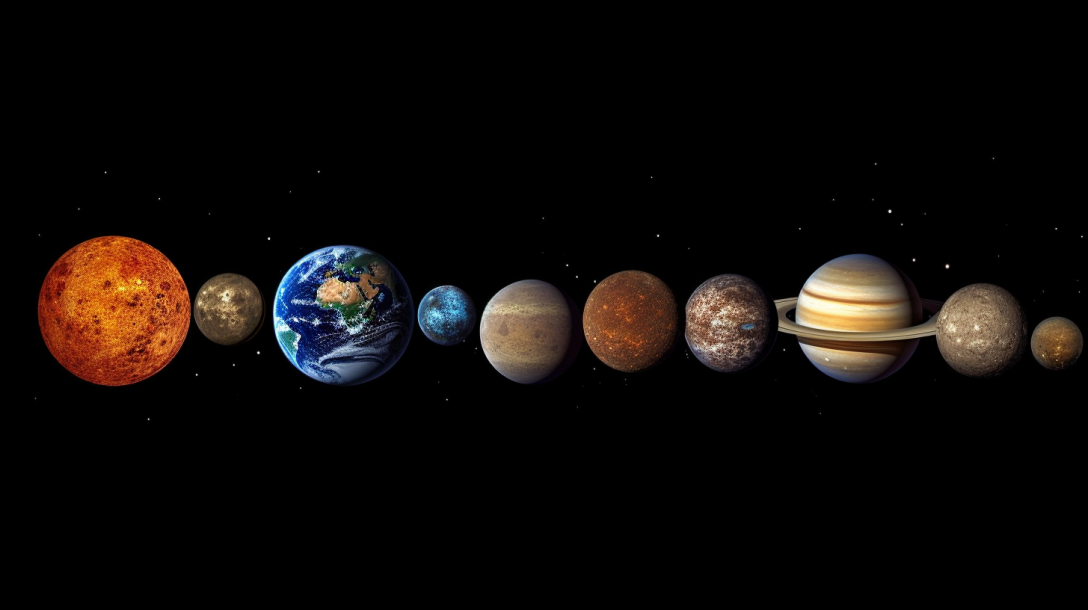The Grand Odyssey: Future of Space Exploration and Humanity's Celestial Conquests

I. Introduction
From Galileo’s first telescopic observations to the launch of Sputnik and the Apollo moon landings, humanity’s exploration of space has always been driven by an innate curiosity and a desire to explore the unknown. As we look ahead to the next frontier of space exploration, we face new challenges and opportunities.
II. The Moon: Stepping Stone to the Cosmos
Our closest celestial neighbor, the Moon, is key to our future space ambitions. Plans are underway for lunar bases that will serve as a launch point for missions deeper into space.
Challenges and Solutions
The Moon presents several challenges, including high radiation, lack of atmosphere, extreme temperatures, and the need to transport resources for life support. However, advances in habitation technology, such as radiation-shielded habitats and the use of local resources (In-Situ Resource Utilization), promise solutions to these issues.
III. Mars: The Next Giant Leap
Mars, with its striking similarities and differences to Earth, is our next giant leap.
Challenges and Solutions
Mars missions face a set of unique challenges including long distance, a thin atmosphere, cold temperatures, lack of liquid water, and low gravity. Advancements in advanced propulsion systems, terraforming concepts, and the potential of underground habitats show promise in overcoming these hurdles.
IV. Venus: Earth’s Hellish Twin
Venus, often dubbed Earth’s ‘evil twin’, is a study in extremes. With a high temperature and pressure environment and clouds of sulfuric acid, Venus provides a contrasting challenge to space exploration.
Challenges and Solutions
Despite the extreme conditions, high-altitude habitats could be possible. Venus’s climate also offers an opportunity to understand the consequences of runaway greenhouse effects.
V. Beyond the Inner Solar System: The Gas Giants and Beyond
Our journey then takes us to Jupiter and its moons, and the asteroid belt that lies between Mars and Jupiter.
Jupiter and its Moons
The intense radiation, extreme distance, and harsh atmospheric conditions of Jupiter present formidable challenges. However, the potential of habitable moons like Europa and Ganymede, shielded from radiation, offers intriguing possibilities.
The Asteroid Belt
The asteroid belt is a treasure trove of resources and scientific knowledge, but presents challenges of microgravity, distance, and resource extraction. Automated mining technology and advanced propulsion systems could potentially overcome these challenges.
VI. The Future: To Infinity and Beyond
The future of space exploration takes us to the outer solar system and beyond, requiring advancements in technology for interstellar travel. The potential for human colonization of exoplanets presents a whole new set of challenges and possibilities.
VII. Conclusion
From the Moon to Mars, Venus to Jupiter and beyond, each celestial body presents unique challenges and possibilities. As we venture further into space, the need for technological advancements and solutions becomes increasingly crucial. The future of space exploration, indeed, holds promise of a journey that truly takes us to infinity and beyond.